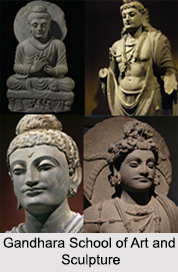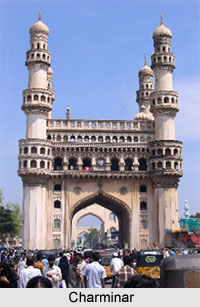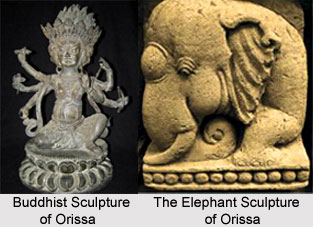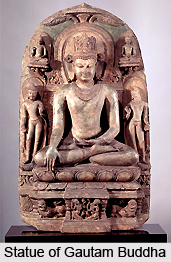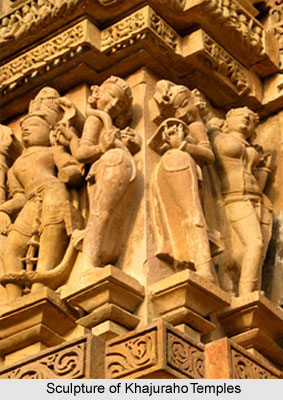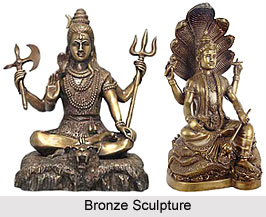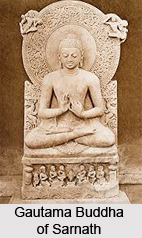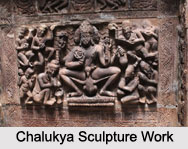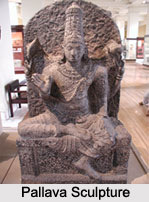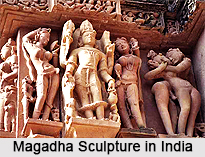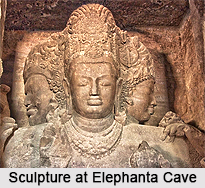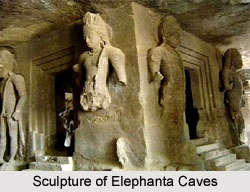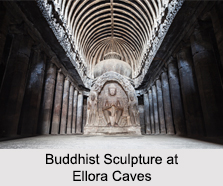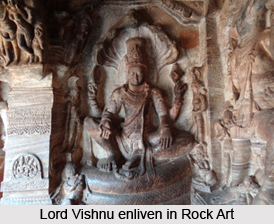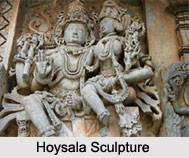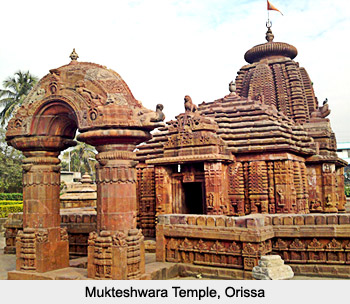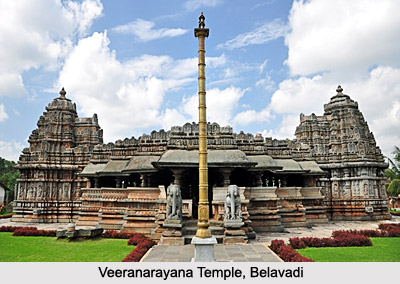 The sculpture of Veeranarayana Temple follows the Hoysala temple building idiom. Located in Belavadi the temple is a `trikuta` or three shrined. Trikuta or three shrined temple is a common feature of Hoysala temples. The usual building material chlorite schist or soapstone has been used for the Veeranarayana Temple built by Veera Ballala II. The most striking feature about the architecture of the temple is that two of the shrines face each other. They have a common open mandapa that has 37 bays.
The sculpture of Veeranarayana Temple follows the Hoysala temple building idiom. Located in Belavadi the temple is a `trikuta` or three shrined. Trikuta or three shrined temple is a common feature of Hoysala temples. The usual building material chlorite schist or soapstone has been used for the Veeranarayana Temple built by Veera Ballala II. The most striking feature about the architecture of the temple is that two of the shrines face each other. They have a common open mandapa that has 37 bays.
Each of the shrines has a complete tower on its top. These superstructures are known to be the largest examples of Hoysala architecture. The third shrine is quite ancient with both closed and open mandapas. The closed one has 13 bays and the open mandapa has 9 bays. The central shrine is situated at the end of the hall. This shrine has all the architectural elements of the Hoysala temple building.
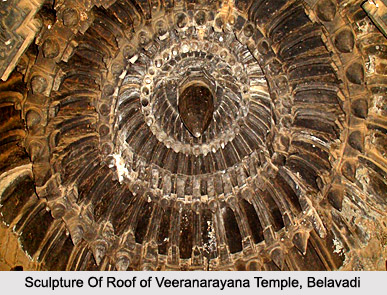 As is the Hoysala feature the inner wall is simply made up. But the roof is ornately decorated. It has 59 bays and the pillars constructed lathe turned. Some others have carvings on them. It is interesting to note that the ones that bear sculptures have been constructed manually. The outer walls of the Hoysala temple have only one eave that runs around the temple that appears where the superstructure meets the wall of the shrine. Decorative miniature towers appear just below this sculpture. The temple panels consist of the sculpted figures of Hindu deities and their attendants. Another sculptural element is the friezes or mouldings on the walls.
As is the Hoysala feature the inner wall is simply made up. But the roof is ornately decorated. It has 59 bays and the pillars constructed lathe turned. Some others have carvings on them. It is interesting to note that the ones that bear sculptures have been constructed manually. The outer walls of the Hoysala temple have only one eave that runs around the temple that appears where the superstructure meets the wall of the shrine. Decorative miniature towers appear just below this sculpture. The temple panels consist of the sculpted figures of Hindu deities and their attendants. Another sculptural element is the friezes or mouldings on the walls.
The shapes of the two shrines facing each other vary as one shrine is star shaped and the other is square shaped. Even the sukanasi of these shrines are different. There are similarities in these shrines too. All the shrines have well sculptured figures on towers while the wall sculptures are quite bold. Some of the prominent sculptures in this temple are the Kalia daman scene (related to Lord Krishna) and an image of Garuda. Being a Vishnu temple all the three shrines has well sculpted images of the Lord. The central shrine has an image of Narayana (deity with four hands) that rises to a height of 8 feet. It is considered to be one of the finest examples of Hoysala art. The lord is seen standing on a padmasana or lotus seat. The southern shrine has an image of Venugopala and a garuda pedestal while the northern shrine houses Yoganarasimha, sitting in a yoga posture.
The sculpture of Veeranarayana Temple also includes the vimanas that have been profusely decorated with the sculpted demon faces or kirtimukhas.




